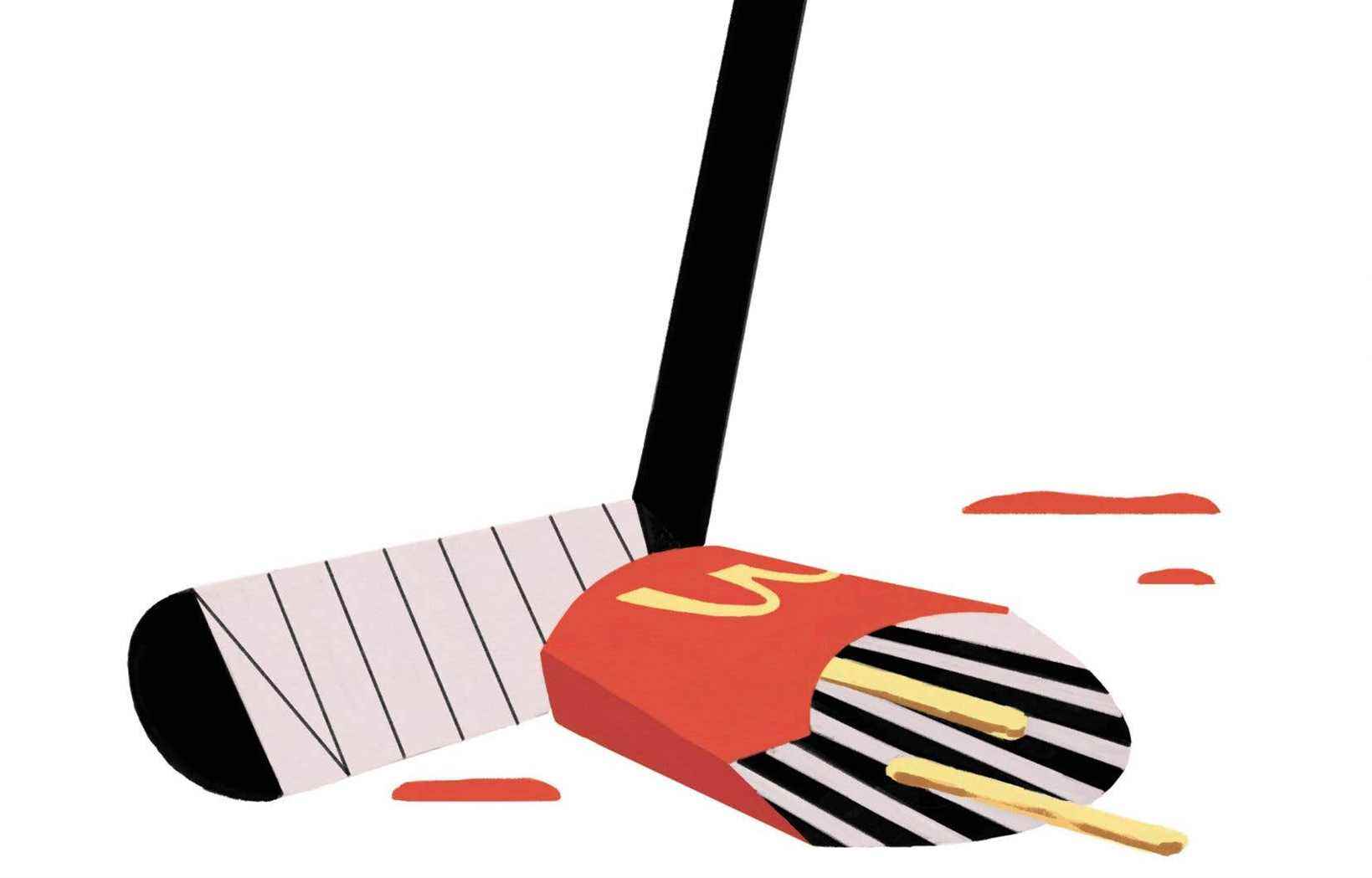What do Justin Bieber and Laurent Duvernay-Tardif have in common? They are the undisputed stars of Canadian and Quebec food advertising this fall. It must be said that, for the big brands in the sector, associating with a personality has never been as popular as these days. Social networks are increasing the reach of their campaigns. They also make this bet very risky. This week, The duty provides an overview of the phenomenon. Second in a series of three texts.
” Drink water. These three words pronounced last June by the Portuguese footballer Cristiano Ronaldo will have cost 5 billion dollars to Coca-Cola. The American soft drink giant, however, has no sponsorship agreement with the football superstar. He certainly never will. But the imbroglio is a perfect illustration of the difficult relationship between food brands and professional athletes.
Coca-Cola is a sponsor of the European Soccer Championship. The Euro, for close friends. In a press conference the day before his national team’s first game in the famous competition, Ronaldo sat down at the table and pushed the two bottles of Coke away in front of him. He then lifted his own water bottle, suggesting that this is a much healthier way to quench your thirst.
“I followed the Euro after the Ronaldo incident and I saw the Coca-Cola advertisements less often. Coincidence? Asks the professor of communication at the University of Ottawa Luc Dupont. “FIFA [l’autorité mondiale en matière de soccer] maybe intervened, because the people of Coke must have been furious… Yet, without social media, we would probably never have heard of Ronaldo’s gesture. “
In reality, the “Ronaldo affair” does not last twenty seconds. On social networks, the sequence looped for days. It quickly went viral. Two days later, the French player Paul Pogba removed a bottle of Heineken beer from his own podium, another sponsor of the Euro, for essentially the same reasons: this product does not represent me. Pogba does not drink alcohol.
Like Coca-Cola two days earlier, Heineken suddenly saw its stock value drop by $ 5 billion. In both cases, these amounts are peanuts, given the respective size of the two companies: 320 and 70 billion dollars. The stain on the image of the two brands was much harder to take: we are still talking about it today.
In an age dominated by social media, junk food giants who try to clean up their image by sticking to professional athletes are increasingly at risk of getting out of hand.
Risks…
A risk that is difficult to avoid for anyone who tries to appropriate the services of professional athletes, who themselves most of the time have a huge presence on these same social networks. Ronaldo has 376 million followers on Instagram.
“Reputation is the most valuable asset a public figure or company can own today. It is often quite difficult to evaluate, except when it ends up going badly, notes Gary Arpin, director of training for the Montreal public relations firm National. Mr. Arpin is also an expert in crisis management.
“A company wants to align its brand with a personality that displays positive values, but obviously this is not without risk. Usually, scandals happen after this kind of agreement, ”he says.
To read on Friday
In Montreal, the most prestigious sports association is undoubtedly the one that can be concluded between a brand and a player of the Montreal Canadiens.
Yes, even when the team is doing badly.
The American chain McDonald’s can attest to this: despite a catastrophic season for the team both on the ice and administratively (its entire recruiting team was shown the door at the end of November), its ads featuring the players Cole Caufield and Tyler Toffoli seem rather well received, both by the public and by specialists.
Cossette, the agency behind this campaign, declined to answer questions from Duty, but the experts questioned all played down the impact poor sports scores can have on Big Mac sales. The reverse is even possible: some advertisers draw the positive from a lower quality team. Since 2011, La Cage – Brasserie sportive has been offering free chicken wings on game night when the Canadian scores five goals. This campaign should cost less this year, the team struggling to score more than two goals per game …
… Or opportunities to seize?
It must be said that in the world of marketing, the Canadian is a Teflon mark. To tarnish its image requires a large-scale, unsightly or at the very least provocative gesture from one of its representatives. Gary Arpin vividly remembers the two fingers of honor thrown in the fall of 2005 by goalkeeper José Théodore to a photographer during a photo shoot. Six months later, the Canadian traded him to Colorado for another goaltender.
Ten years earlier, it was Patrick Roy who left the Canadian after raising his arms to the sky, annoyed at being the target of boos from the crowd. Back on the bench, Roy went directly to the team president, seated behind head coach Mario Tremblay, dumbfounded, to let him know his intention to leave.
This one hurt at the time. But last spring, meal delivery company Uber Eats made a big splash by bringing Roy and Tremblay together in front of a bubble hockey table, then a game of chess, as part of an advertising campaign touting the variety of its menu online.
The two Montreal sports personalities immediately confirmed that they had settled this 25-year-old dispute. Much ink has been spilled over all this, and has once again confirmed why sponsoring such personalities attracts big brands, food or otherwise: there is a possibility that they go far beyond the framework in which these sponsorships are. executed.
Obviously, sometimes this overflow can lead to negative effects. The cake is deflating. The sauce does not take. Or the soft drink does not please the athlete …
